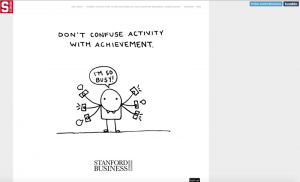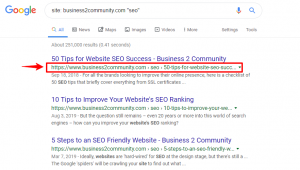Virtual corporate events are becoming both more possible and more essential. We wouldn’t argue that they’re better than live, in-person events where personal connections can be made, but sometimes unforeseen circumstances can make a live event impractical and change your original plan. In these situations, virtual events can still give companies a chance to connect with their audiences – including journalists planning to attend the show.
When the show can’t go on: reschedule or go virtual?
If the event cannot occur as planned, the answer isn’t always to move everything online. In some cases, new logistics could damage the integrity of the event and put up barriers to reaching your goals. “A venture capital client was supposed to host a competition between start-ups based on in-person pitches to investors. It just wouldn’t have worked virtual, so we pushed it,” explained Kylle O’Sullivan, Account Supervisor at March. “Think: Is your event more conducive to live or in-person? Live is often better or necessary, but there are cases in which timeliness trumps live.”
Manage expectations for coverage
Theoretically, taking an event online could increase media participation. Reporters no longer need to travel to your location and commit to 2-4 days of combined travel-time and event attendance, resulting in a flexible opportunity to learn about your company.
Although attendance may be higher, virtual engagement on its own can’t match the quality of face-to-face meetings. “If it’s gone virtual, stick to similar strategy as if it were happening live, but know that you’re missing out on valuable facetime,” said Samantha Powers, Account Supervisor.
PR pros can find and create quality engagement opportunities even without everyone in one place. “One way could be setting up virtual 1:1 briefings over video-chat to try to foster a meeting similar to face-to-face,” added Hanah Johnson, Account Supervisor.
It’s also important to pinpoint which sessions are most valuable to each reporter. Rather than expecting media to attend your virtual event all day, highlight which presentations will be the most interesting for them to tune in to. “For an AI client’s upcoming event, we’re targeting reporters we want to join, pointing them directly to specific sessions to get them involved, then offering a follow up briefing,” said Juliana Allen, Senior Vice President.
Plan for alternate content opportunities
Moving virtual will of course shake up your content plan. Daily recaps will still be possible, as well as capturing each session for archive or repurposed video. Customer interviews will become tricky, losing out on the chance to walk around and record a quick chat with attendees. Consider setting up quick calls with customers in between sessions to ensure you don’t lose out on the opportunity to get their take.
Additionally, there is a new opportunity to bring in outside sources you may have shied away from initially. “One of our security clients is taking advantage of the increase in remote work to run an internal sales training. Since there’s no travel involved it’s easier to involve outside experts for added value,” said Kelby Troutman, Vice President.
Things don’t always go as planned when hosting a corporate event. Having a strategic back-up plan ensures your company is still sparking the connections you hoped for.
Business & Finance Articles on Business 2 Community
(14)






